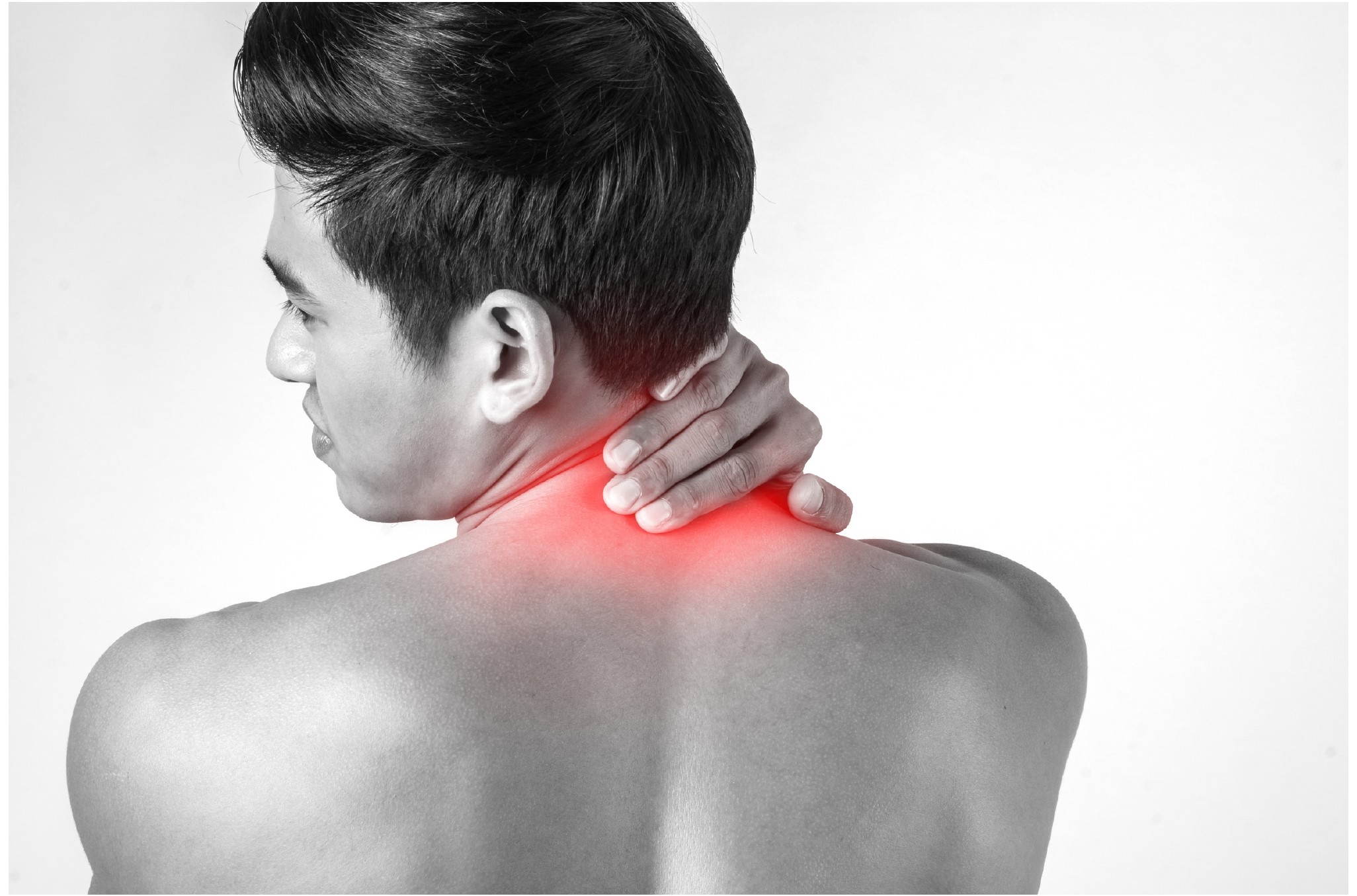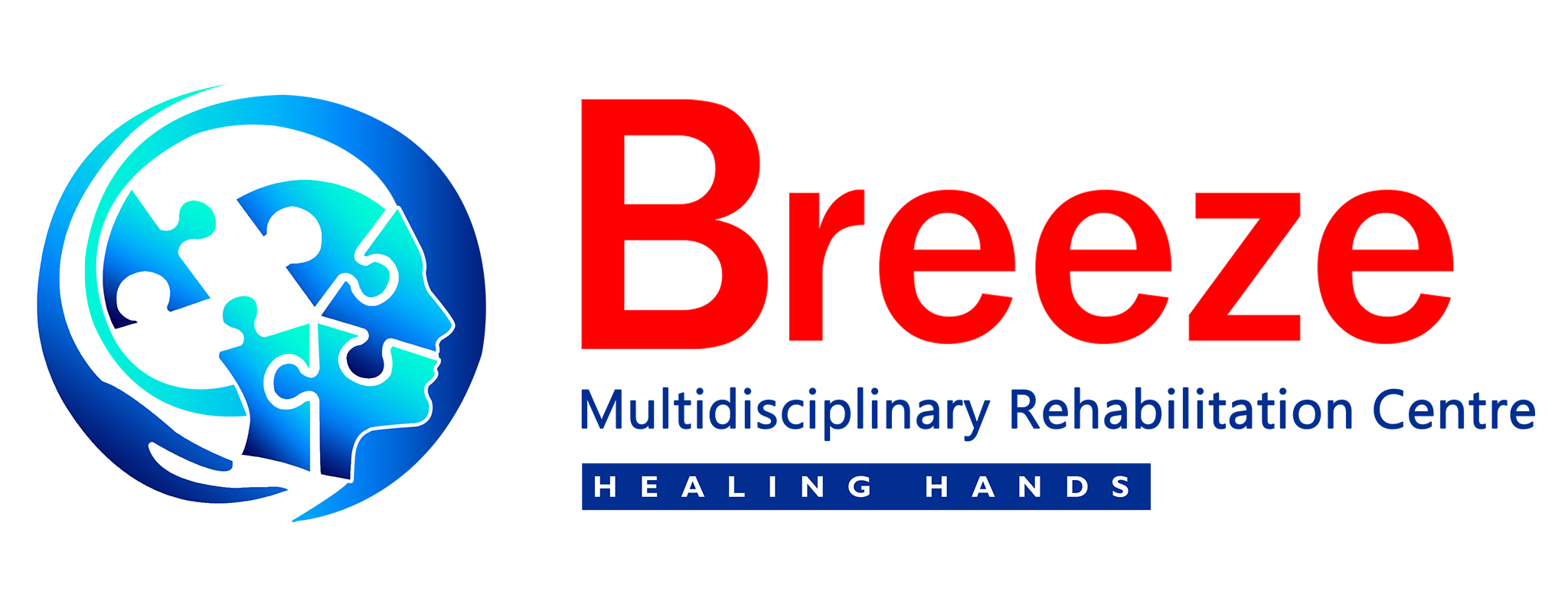
Neck Pain
Neck pain is very common, which may last from days to years depending on the cause.
Causes
- Poor posture
- Muscle strain ( Trapezitis)
- Cervical Spondylosis
- Nerve compression
- Trauma
- Spinal injuries
- Infection
Symptoms
- Pain in neck, occasionally head
- Stiffness around neck
- Spasm of muscles around neck and upper back
- Reduced movement of neck
- Patient complains of Numbness and tingling sensation when neurological involvement is present.
- Giddiness
Postural Neck pain
It is most common type of neck which is caused due to sitting for a prolonged time in a faulty posture. It occurs in people those susceptible to neck strain because of keeping the neck constantly in one position while reading, writing etc. Now a days this is most commonly seen in IT employees who work long hours infront of desktops.
Causes
- Improper positioning of head during sleeping
- Improper head placement while sitting
- Driving for longer hours
- Breastfeeding baby in faulty posture
Pathology
Improper positioning of the neck will lead to spasm, stiffness of muscles around the neck
which further limits the range of movement of the neck.
Cervical Spondylosis
This is a degenerative condition of the cervical spine found almost universally in persons over 50 years of age. It occurs early in persons pursuing ‘white collar jobs’ or those susceptible to neck strain because of keeping the neck constantly in one position while reading, writing etc.
Pathology
Clinical Features
● Pain and stiffness: This is the commonest presenting symptom, initially intermittent but later persistent. Occipital headache may occur if the upper-half of the cervical spine is affected
● Radiating pain: Patient may present with pain radiating to the shoulder or downwards on the outer aspect of the forearm and hand. There may be Paraesthesia in the region of a nerve root, commonly over the base of the thumb (along the C6 nerve root). Muscle weakness is uncommon.
● Giddiness: Patient may present with an episode of giddiness because of vertebro-basilar syndrome.
● Tenderness over lower cervical spine, & in the muscles of the Para-vertebral region (myalgia).
● The upper limb may have signs suggestive of nerve root compression – usually that of C6 root involvement. Motor weakness is uncommon.

